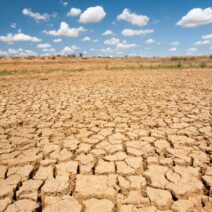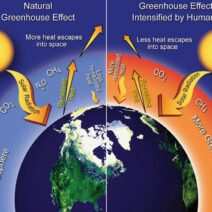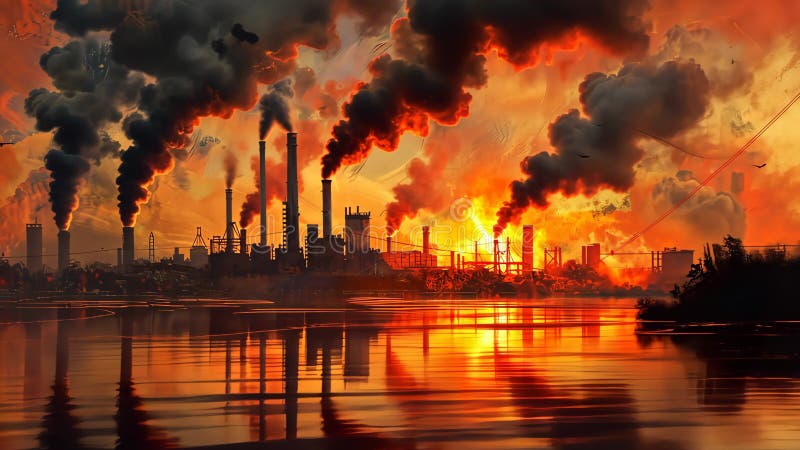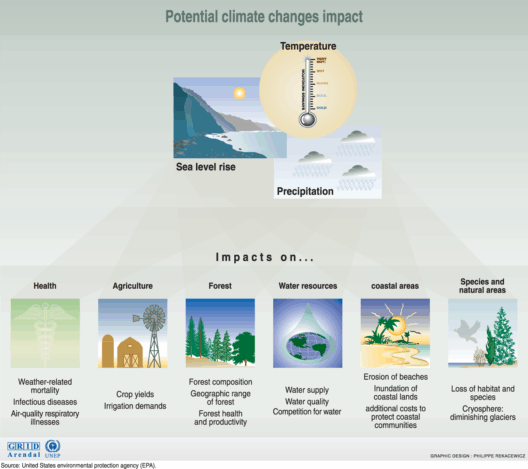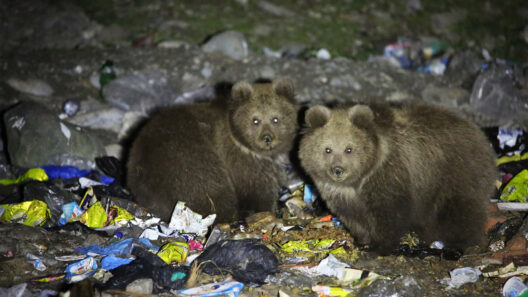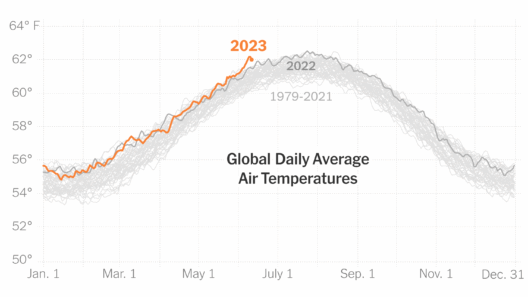Lassen Volcanic National Park, nestled in Northern California, showcases a sublime confluence of geological phenomena and breathtaking vistas. Famed for its geothermal wonders, Lassen is a vivid testament to the Earth’s elusive capability for regeneration amidst catastrophic upheaval. However, the current narrative of climate change casts a long shadow over this extraordinary landscape. As global temperatures escalate, the implications for Lassen are manifold—affecting everything from biodiversity dynamics to hydrological cycles.
Upon entering Lassen Volcanic National Park, visitors are greeted by an environment reminiscent of a terrestrial paradise. The park boasts an array of geothermal activities, including bubbling mud pots, hissing fumaroles, and the sporadic eruptions of sulfuric gases. This unique geological activity stems from the region’s volcanic machinations, primarily influenced by the infamous Lassen Peak, which last erupted in the early 20th century. Yet, in an era marked by a warming climate, these geological marvels are increasingly vulnerable to environmental shifts.
The flora and fauna that thrive within the park’s boundaries are equally remarkable. Lassen’s ecosystems serve as a reservoir for myriad species, including the coveted Sierra Nevada yellow-legged frog and the elusive Lassen lily. However, with rising temperatures and altered precipitation patterns, these ecosystems face unprecedented challenges. Species adapted to specific microclimates may find themselves overwhelmed as their habitats transform under the pressures of climate change. As some flora bloom earlier or become sparse, the intricacies of the food web may falter, with cascading effects further upstream and downstream.
Water is life. In Lassen, this adage rings particularly true, as the park is home to a plethora of lakes and streams that sustain wildlife and offer recreational activities. However, as temperatures climb, the hydrological cycle undergoes profound changes. Melting snowpacks, once a consistent reservoir, now fluctuate erratically, impacting regional water availability. The once-frequently replenished lakes become susceptible to drought, leading to an alarming decline in aquatic ecosystems as well as a loss of recreational opportunities for visitors.
Noteworthy is the stratigraphy of geothermal activity that exhibits historic eruptions and phenological changes concerning climate. The interplay between volcanic eruptions and climate has long fascinated scientists. Eruptions act as catalysts for ecological succession, providing fertile ground for new species to inhabit. Nevertheless, modern climate shifts challenge this natural evolution. Erratic precipitation and prolonged droughts create conditions that jeopardize vulnerable habitats, rendering recovery from volcanic events increasingly precarious.
Climate change does not merely alter ecosystems; it also transforms the visitor experience. As the park becomes hotter and drier, the infamous wildflower displays—characteristic of Lassen’s alpine meadows—are at risk. These meadows are not only a visual spectacle but also habitat for countless insect species. A decline in wildflower abundance would also diminish pollinator populations, leading to further ecological imbalance. The vibrancy of resorting to nature is at stake as visitors step into a world threatened by warmer summers and shorter winters.
Furthermore, the endangered species found within Lassen are unlikely to adjust to these rapid changes efficiently. The Sierra Nevada yellow-legged frog, emblematic of high-altitude ecosystems, is particularly at risk. As habitat degradation unfolds and water levels fluctuate, the viability of its populations could dwindle. This is a microcosm of a more significant phenomenon, wherein endemic species fight against the tide of anthropogenic impact. Conservation efforts become paramount to preserving the delicate balance of this ecosystem at a time when it’s easier than ever for such intricate systems to tip into decline.
The park also serves as an arena for the broader discussion of renewable energy. As Lassen confronts the realities of climate change, it becomes imperative to assess energy consumption and its profound implications for national parks. Renewable resources, such as solar and wind energy, present opportunities to offset emissions, yet they too have repercussions on natural settings. The delicate balance between conservation and energy production must be navigated with utmost care to safeguard regions like Lassen.
Public awareness is the bedrock of enacting effective climate policy. Educational programs within the park play a crucial role in informing visitors about the interconnections between climate change and the volcanic phenomena they witness. By fostering an informed public, Lassen Volcanic National Park can serve as a pivotal case study in the larger narrative of environmental stewardship. Knowledge opens the door to actionable change, inspiring visitors to become advocates for climate-resilient practices in their communities.
In conclusion, the dual narratives of Lassen Volcanic National Park illustrate an evolving landscape rich in geological and ecological diversity, now overshadowed by the specter of climate change. Addressing this multifaceted issue requires collaboration, dedication, and a commitment to fostering resilience. The park stands not only as a sanctuary for unique flora and fauna but also as a clarion call to protect our environment. It reinforces the imperative of preserving such natural treasures in the face of precarious climatic implications, all while illuminating the critical interplay between volcanic landscapes and our warming world.
